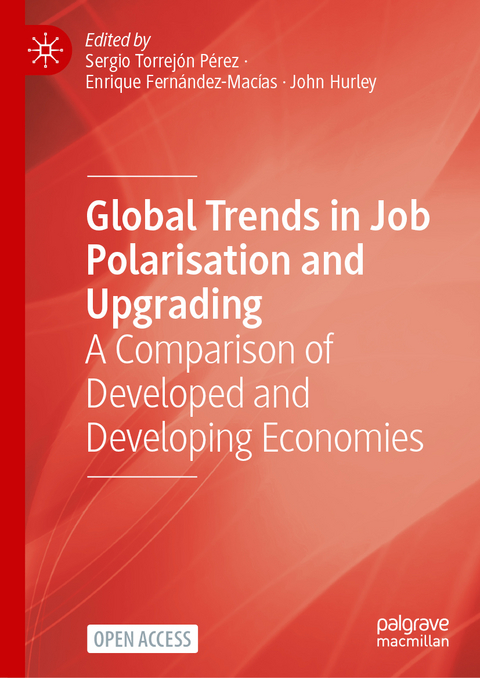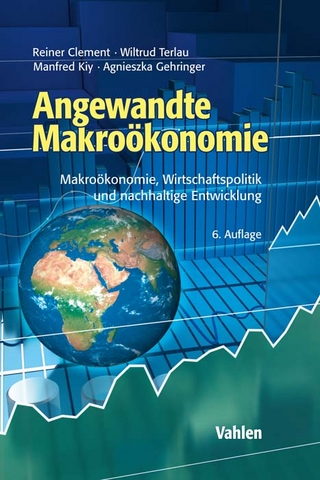
Global Trends in Job Polarisation and Upgrading
Springer International Publishing (Verlag)
978-3-031-76227-7 (ISBN)
- Noch nicht erschienen - erscheint am 05.02.2025
- Versandkostenfrei innerhalb Deutschlands
- Auch auf Rechnung
- Verfügbarkeit in der Filiale vor Ort prüfen
- Artikel merken
This open-access book offers a comparative analysis of changes in employment structures on a global scale, focusing on employment trends during the first decades of the 21st century across 17 developed and developing economies, including countries from Europe, North America, Central and Latin America, and Asia. The authors examine patterns of occupational change in all cases, with job upgrading and polarization being the most prevalent, and explore the factors driving these changes, such as technological change, the increased participation of women, the growth of service-oriented sectors, and others. Particular attention is given to the impact of the COVID-19 pandemic on employment.
By applying consistent methods across all countries, the book provides a comprehensive understanding of employment dynamics and trends worldwide, representing one of the most significant efforts to produce comparative evidence on a global scale to date. As such, it will be of interest to researchers and policymakers focused on labor, inequality, and economic development.
Sergio Torrejón Pérez is an economic and policy analyst at the Joint Research Centre of the European Commission in Spain.
Enrique Fernández-Macías is a research officer at the Joint Research Centre of the European Commission in Spain.
John Hurley is a senior research manager at EUROFOUND in Dublin, Ireland.
Part I: Introduction.- 1. Why this study now?.- 2. The debate: context and literature review.- 3. Approach and methods.- Part II: Analytical content.- 4. Employment shifts in Europe from 1997 to 2021: the cases of Ireland, France, Spain, Germany, the Czech Republic, Italy, Sweden and Romania.- 5. Job Polarization in the United States in the 21st Century: Studying Shifts in Employment Structures Using Occupations and Sectors.- 6. Structural Changes in Canadian Employment from 1997 to 2022.- 7. Changes in the employment structure and the debate on occupational polarization in Latin America: the cases of Argentina, Chile and Mexico.- 8. Structural Changes in Brazilian Employment (2002-2021).- 9. Changes in the employment structure in India from 2012 to 2020: a trend towards job upgrading and de-routinization.- 10. Shifts in Composition of Jobs: Upgrading, Downgrading or Polarization? The Case of Russia 2000-2019.- 11. Structural Changes in South Korean Employment (2000-2021).- Part III: Summary and final remarks.- 12. Main patterns of employment change at the global level.- 13. Conclusions.
| Erscheint lt. Verlag | 5.2.2025 |
|---|---|
| Zusatzinfo | IV, 341 p. 124 illus., 112 illus. in color. |
| Verlagsort | Cham |
| Sprache | englisch |
| Maße | 148 x 210 mm |
| Themenwelt | Wirtschaft ► Volkswirtschaftslehre ► Makroökonomie |
| Wirtschaft ► Volkswirtschaftslehre ► Wirtschaftspolitik | |
| Schlagworte | Economic Growth • Economic Inequality • Employment structures • female workforce • Global employment trends • Labour Market Institutions • Migration flows • open access • Technological Change • wage structure • Working conditions |
| ISBN-10 | 3-031-76227-4 / 3031762274 |
| ISBN-13 | 978-3-031-76227-7 / 9783031762277 |
| Zustand | Neuware |
| Haben Sie eine Frage zum Produkt? |
aus dem Bereich


